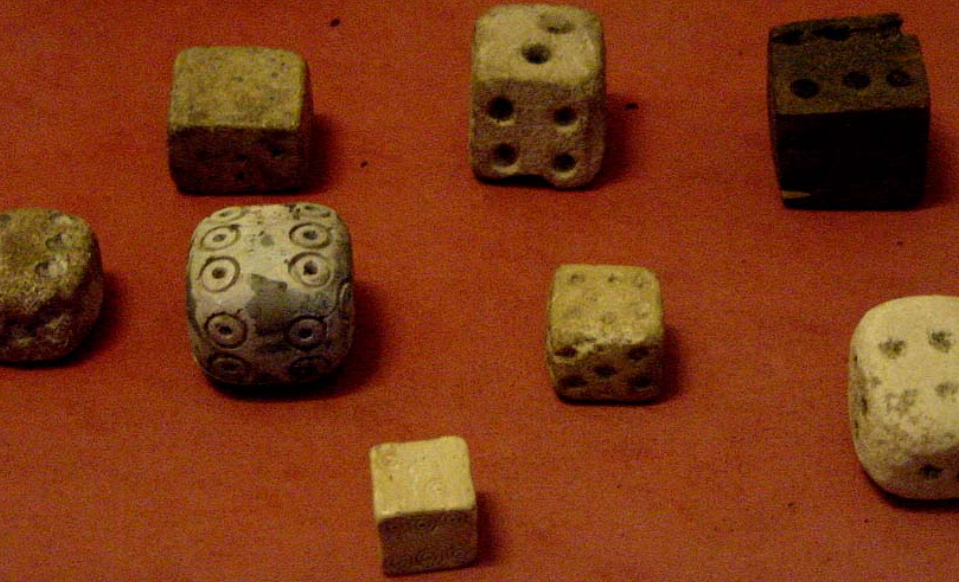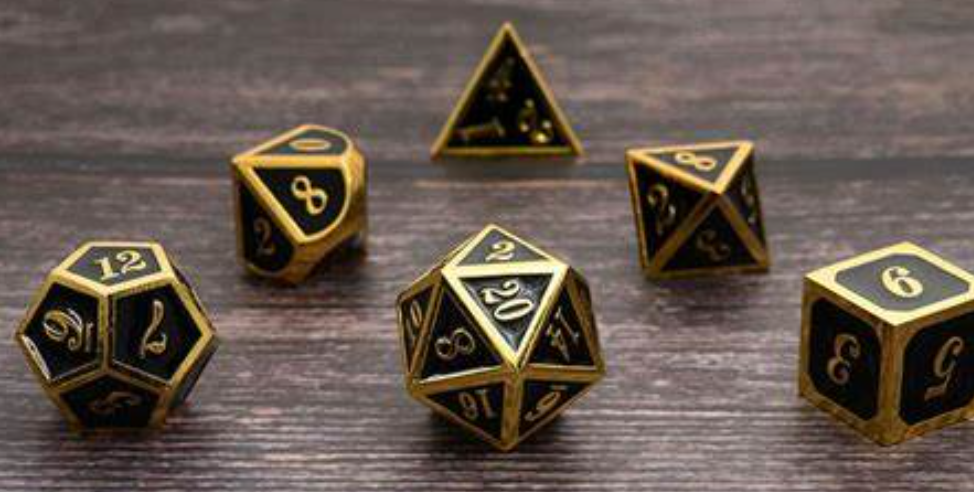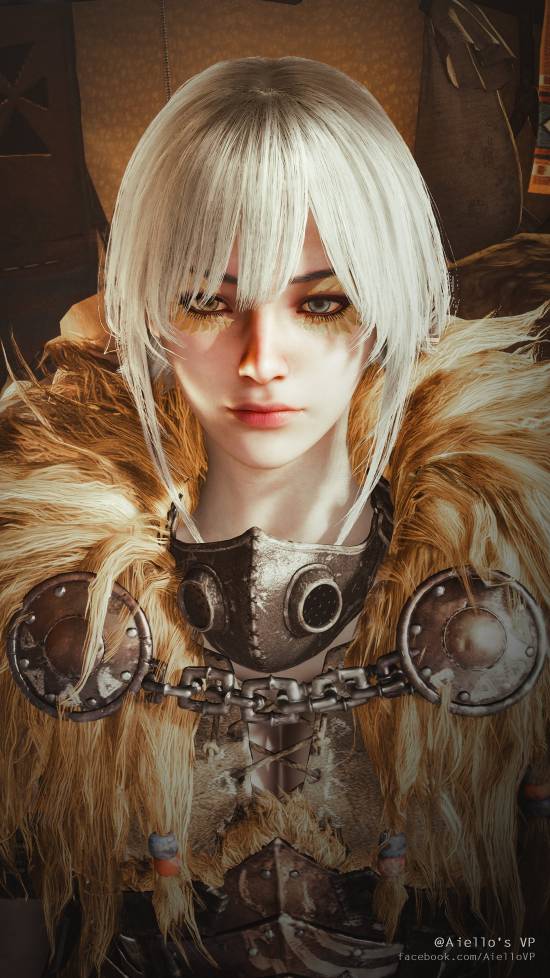The Ancient to Modern Odyssey of Dice: A 5,000-Year Journey of Chance and Culture
Introduction
From prehistoric knucklebones to AI-powered digital dice in modern gaming, these small objects of chance have shaped human culture, spirituality, and entertainment across millennia. The history of dice—marked by archaeological discoveries, cross-cultural exchanges, and evolving symbolism—reveals humanity’s enduring fascination with randomness and fate. This article traces their journey from divination tools to global gaming icons.

1. Prehistoric Origins: Divination and Early Games
Dice predate recorded history, with their origins intertwined with ritual and chance:
- Animal Bones to Cubes: The earliest dice-like objects were astragali (animal ankle bones), used for fortune-telling in ancient Mesopotamia and Egypt. These “knucklebones” (c. 4000 BCE) were tossed to interpret divine will.
- Earliest Known Dice: Excavations at Iran’s Burnt City (2800–2500 BCE) uncovered cubic dice in a backgammon-like game set, while terracotta dice from Mohenjo-daro (2500–1900 BCE) in the Indus Valley featured opposing sides summing to seven—a design still used today.
- Egyptian Senet: Played with flat throwsticks (c. 3000 BCE), this board game functioned as a proto-dice system, merging gameplay with spiritual beliefs about the afterlife.
2. Ancient Civilizations: Cultural Diffusion and Innovation
China: From Polyhedrons to Standardization
- Warring States to Han Dynasty: Early Chinese dice were 14- or 18-faced, inscribed with characters rather than pips. A 14-faced stone “Boqiong” from the Qin Dynasty (221–206 BCE), discovered near the Terracotta Army, combined numbers and I Ching hexagrams, suggesting ritual or gaming uses.
- Buddhist Influence: By the Tang Dynasty (618–907 CE), six-faced dice influenced by Indian numerology (via Buddhist exchange) became standard. The iconic red 1 and 4 dots emerged in the Tang era, allegedly after Emperor Xuanzong dyed them to please Consort Yang.
Rome and Beyond: Gambling and Symbolism
- Roman Tali and Tesserae: Romans used four-sided tali (large dice) and six-sided tesserae for gambling, despite legal restrictions. Loaded dice were common, reflecting a blend of fatalism (“the gods decide”) and cunning.
- Medieval Europe: Asymmetric bone dice (c. 1100 CE) evolved into standardized cubes, aligning with Renaissance-era probability theories. The “prime number” configuration (1-2, 3-4, 5-6) emerged, later replaced by the modern “seven rule” (opposing sides sum to seven).
3. Dice as Cultural Artifacts: Beyond Gaming
Dice transcended entertainment, embedding themselves in religion, art, and social rituals:
- Divination and Spirituality: In China, “dice divination” (shǎizi bǔ) used numerical outcomes to predict fortunes, while Tibetan Buddhists viewed dice as tools to decode karmic outcomes.
- Literary Symbolism: Tang poet Wen Tingyun likened dice to “red beans embedded in bone,” symbolizing unrequited love (“Inlaid with red beans, the dice’s pips—such bone-deep longing, do you know?”).
- Social Bonding: From Roman taverns to Chinese wine-drinking games (jiǔlìng), dice facilitated camaraderie. The Ming-Qing era popularized “guess-the-number” games using dice cups, a precursor to modern casino practices.
4. Technological and Conceptual Revolutions
- Probability Theory: Mathematicians like Gerolamo Cardano (16th century) and Blaise Pascal (17th century) studied dice to formalize probability, revolutionizing fields from insurance to quantum physics.
- Modern Gaming: Dice became central to board games (Monopoly), RPGs (Dungeons & Dragons), and digital RNGs (random number generators). In 2024, blockchain games like Dice Adventure 3D use NFTs to tokenize virtual dice rolls.
- AI and Beyond: Tools like Genmoji (Apple, 2024) allow users to generate custom dice emojis via AI, while AR apps overlay digital dice onto real-world tabletops.
5. Enduring Legacy: Why Dice Still Matter
- Universal Language: From Yunnan’s wooden animal dice (featuring carvings of 🐘, 🐅) to Nevada casinos, dice bridge cultural divides through shared mechanics.
- Philosophical Metaphor: Dice symbolize life’s unpredictability. As the Daoist text Zhuangzi notes, “Heaven and Earth are a dice game; all life is but a stake”.
- Archaeological Puzzles: Mysteries persist, such as the Qin Dynasty’s 14-faced stone dice—was it a game piece, a cosmic model, or a ritual object?

Conclusion
The history of dice is a microcosm of human ingenuity and existential inquiry. From Neolithic shamans seeking omens to modern gamers chasing jackpots, these polyhedral objects have mirrored our relationship with chance, strategy, and the unknown. As technology redefines randomness—via quantum computing or AI—the humble die remains a timeless testament to humanity’s quest to balance control and serendipity.

